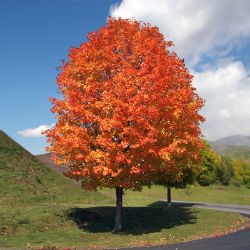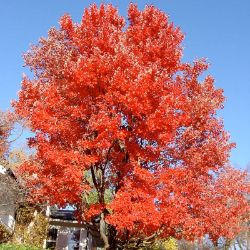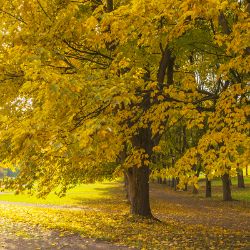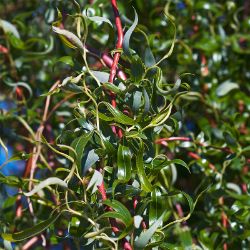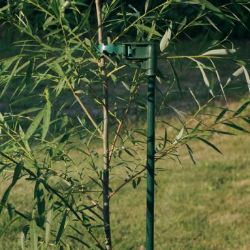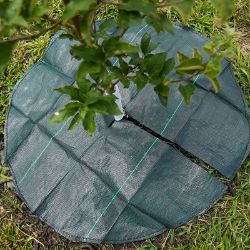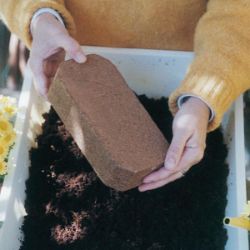Pruning Shade Trees
Pruning is a very important part of proper tree care, but many people find the task overwhelming. It doesn’t have to be! Keep these things in mind:
- You can have confidence in knowing that not everyone will prune the exact same way (including the “experts”).
- Pruning provides a pleasant shaping to your shade or flowering trees.
NOTE: This is part 8 in a series of 10 articles. For a complete background on how to grow shade trees, we recommend starting from the beginning.
Flowering Trees
Timing
For most trees, late winter or early spring is the ideal time to prune. Prune at an early stage to train a tree to a desired shape or form.
Prune according to when they bloom
Trees and shrubs that flower before the end of June should be pruned immediately after flowering. Flower buds develop during the previous season’s growth, thus, the flowers for the current year’s bloom developed last year and overwintered in the bud. If pruned before spring flowering, the flower buds will be removed, thus eliminating flowering.
Other trees and shrubs, those which flower after the end of June, should be pruned in winter or early spring before new growth starts. These plants develop flower buds during the spring of the flowering season.
Certain plants may be lightly pruned both before and after flowering. This often increases flower and fruit production, and several may produce a second bloom during the year.
Techniques
There are three relatively simple techniques basic to all pruning situations:
Pinching
Pinching is usually done by hand, and this is a good way to control plant size.
Thinning
Thinning completely removes some branches back to a main branch, trunk, or soil line. Do not cut into the branch collar when making a thinning cut back to a trunk or main branch; that is, do not cut so near the trunk that you cut through the area at the base of the limb adjacent to the main trunk, known as the branch collar. Such a cut allows for infection to spread into the part of the plant you wish to keep. Cut only the branch to be removed, about 1/2"-2" from the main trunk (depending on age).
Heading Back
Heading back involves shortening branches back to a good bud or lateral branch. A proper heading back cut should not leave a stub. Make your cut about 1/4" above an active bud or lateral branch.
Weeping Trees
Shaping
Prune carefully in formative years to produce the shape you wish on weepers.
Prune branches to upward facing buds to encourage multiple sprouts and for the new branches to go up before they weep.
You will need a strong central leader; evaluate the tree before making the first pruning. The strong central leader holds the weight of the weeping branches and gives the tree height; pruning in late summer or fall prevents the sap from bleeding too much.
Do not prune to the point of the tree looking like a mushroom. Use sharp pruners and wound dressings if needed. Prune out dead, damaged or diseased wood as soon as possible.
Survival
Continue to prune as tree grows; remove water sprouts and suckers. Do not prune tips of the long weeping branches that touch the ground...add mulch under tree to allow the trailing branches to rest in the mulch and so you are not mowing the grass under the tree.
Never force weepers down...thin from the bottom of the weeping limbs to allow the limbs to drape and allow for air circulation inside the canopy.
Remember winter ice buildup which can split the tree, so earlier fall/winter pruning is all the better. The more limbs for ice to cling to, adds weight to the tree for damage.
Before pruning at any stage, look at the tree and prune the right limbs to support the tree canopy. Keep buds that contain next year’s flowers. Don’t leave too much stub on pruned limbs, which allows for diseases to enter the tree. Best to remove straight limbs that do not appear that they will weep.













